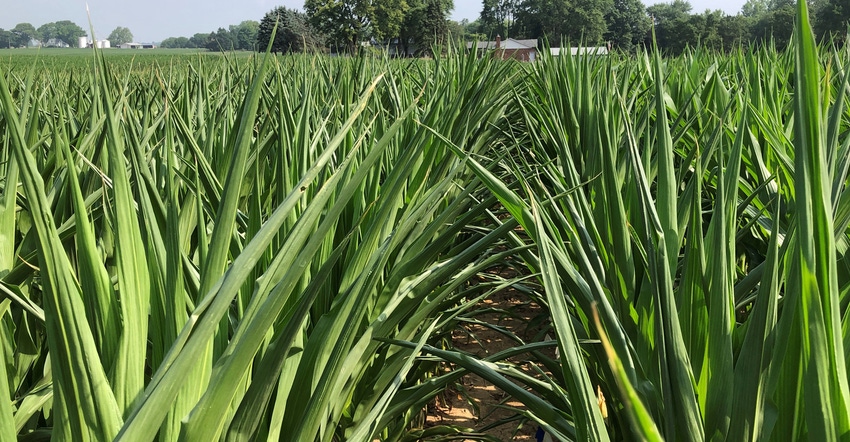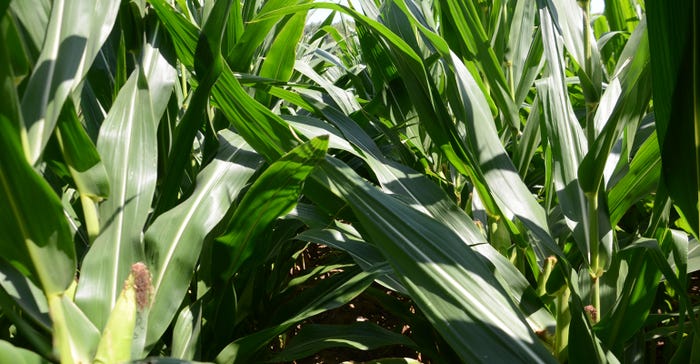
If you are among those who believe USDA’s August estimate for expected corn yield was too high because of large areas affected by heat and drought, read on and see if your opinion changes. USDA will likely move estimates up or down as more data is collected. But many who walked fields this summer, especially shortly before the August report, weren’t as surprised.
Dave Nanda has visited one field in central Indiana, part of the hottest, driest area anywhere until early August, several times this season. He flagged a couple of areas within the field and returned there over time.
“Corn growing on a light, eroded knob near one of the spots I flagged looked really tough when I visited in early July,” recalls Nanda, director of genetics for Seed Genetics Direct. “There isn’t much topsoil left at that location due to soil erosion which occurred decades ago before growers changed tillage practices.
“It was a hot morning, nearly 90 degrees by 11 a.m., and the corn was withered up like pineapples,” Nanda says. “A few lower leaves were pale and wrinkling. It really looked like plants were ready to give up the ghost. I figured yield was severely hurt, assuming plants received enough relief to continue and make corn.”
The turnaround
Nanda was surprised when he returned to the same spot exactly four weeks later. Relief didn’t come quickly for the field after his July visit, but before his visit in August, the field finally received about an inch of rain.
“Corn at the same spot tasseled and pollinated, and ears were forming,” he says. “It almost looked like I was in a different field, but it was the same field, same spot.
“Yes, the drought and heat stress impacted yield, no question about it. But based on what I saw on Aug. 3, the impact will be far less than I imagined on July 6.”

In fact, based on quick counts he did on Aug. 3, Nanda says 200 bushels per acre at that location isn’t out of the question. It will depend on weather during grain fill.
After Nanda’s early August visit, the field received 4 inches of rain over the next week. Soil moisture rebounded from about 6% on Aug. 3 to 23% on Aug. 12.
“The best explanation I have for what I saw is that today’s hybrids can stand up to tougher conditions than we give them credit for,” Nanda says. “They implement protection mechanisms and may look very stressed, but they have the ability to recover. Hats off to today��’s corn breeders.”
That’s high praise coming from a longtime corn breeder.
About the Author(s)
You May Also Like




